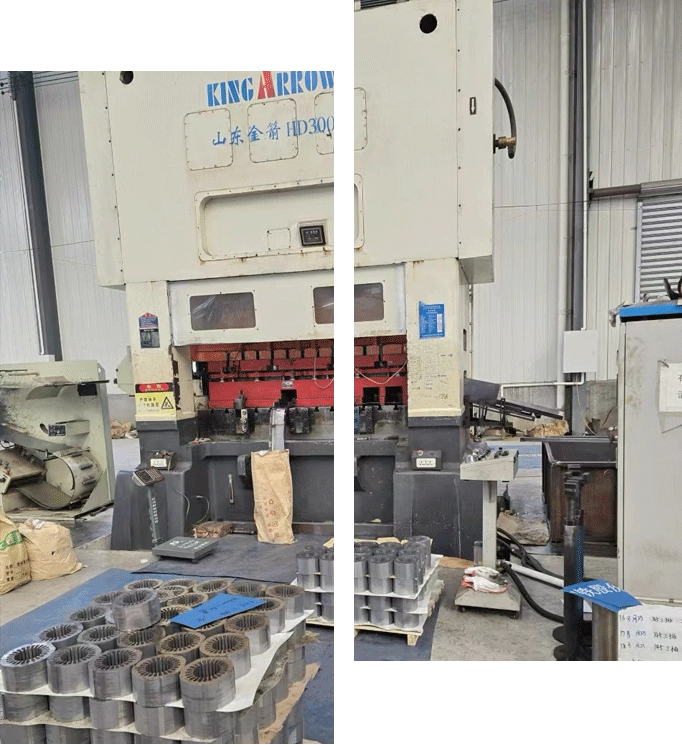Aug . 29, 2024 22:46 Back to list
submersible electric motor
Submersible Electric Motors An Overview
Submersible electric motors have revolutionized various industries by enabling efficient operations in submerged environments. These motors are specially designed to operate underwater, making them essential in applications such as water supply, sewage treatment, irrigation, and industrial processes. The advent of submersible technology has significantly improved the way we manage water and other fluids, providing sustainable solutions for numerous challenges.
One of the primary advantages of submersible electric motors is their ability to operate in harsh environments. These motors are encased in a waterproof housing, which protects them from water, dust, and other contaminants. This protection not only ensures longevity but also enhances reliability, making submersible motors a preferred choice in various industrial sectors. Furthermore, they can be placed directly at the source of fluid, eliminating the need for long suction pipes, thereby reducing installation costs and enhancing efficiency.
Submersible electric motors come in various designs and sizes, tailored to meet specific application needs. They can be powered by different energy sources, including AC and DC supply, and their performance can be optimized by employing variable frequency drives (VFDs). VFDs allow control over the motor speed, leading to energy savings and better flow management. This flexibility makes submersible motors suitable for a wide range of applications, from residential use in wells to large-scale operations in municipal water systems.
submersible electric motor

In the agricultural sector, submersible electric motors play a crucial role in irrigation systems
. They help in pumping water from deep wells, ensuring crops receive the necessary moisture for optimal growth. The efficiency of these motors ensures that farmers can maximize their yield while minimizing energy costs, making them an invaluable asset in modern agriculture.In sewage treatment plants, submersible electric motors facilitate the movement of wastewater through various stages of treatment. Their reliable performance in challenging conditions, such as high levels of solids, allows for effective waste management and contributes to environmental protection. By efficiently pumping sewage, these motors help maintain public health and prevent pollution.
Moreover, the advancement in materials and technology has led to the development of more efficient and durable submersible electric motors. Innovations such as improved insulation materials, corrosion-resistant coatings, and advanced sealing technologies have enhanced the operational lifetime of these motors. As industries continue to seek sustainable and reliable solutions, the importance of submersible electric motors will only grow.
In summary, submersible electric motors are integral to various applications that involve fluid management. Their ability to perform in submerged conditions, combined with advancements in technology, ensures that they remain efficient and reliable. As we face global challenges related to water scarcity and environmental sustainability, the role of submersible electric motors will be paramount in delivering innovative solutions that meet the needs of industries and communities alike. Their continued evolution will undoubtedly shape the future of fluid management, making them an essential component of modern infrastructure.
-
Submersible Water Pump: The Efficient 'Power Pioneer' of the Underwater World
NewsJul.01,2025
-
Submersible Pond Pump: The Hidden Guardian of Water Landscape Ecology
NewsJul.01,2025
-
Stainless Well Pump: A Reliable and Durable Pumping Main Force
NewsJul.01,2025
-
Stainless Steel Submersible Pump: An Efficient and Versatile Tool for Underwater Operations
NewsJul.01,2025
-
Deep Well Submersible Pump: An Efficient 'Sucker' of Groundwater Sources
NewsJul.01,2025
-
Deep Water Well Pump: An Efficient 'Sucker' of Groundwater Sources
NewsJul.01,2025
-
 Submersible Water Pump: The Efficient 'Power Pioneer' of the Underwater WorldIn the field of hydraulic equipment, the Submersible Water Pump has become the core equipment for underwater operations and water resource transportation due to its unique design and excellent performance.Detail
Submersible Water Pump: The Efficient 'Power Pioneer' of the Underwater WorldIn the field of hydraulic equipment, the Submersible Water Pump has become the core equipment for underwater operations and water resource transportation due to its unique design and excellent performance.Detail -
 Submersible Pond Pump: The Hidden Guardian of Water Landscape EcologyIn courtyard landscapes, ecological ponds, and even small-scale water conservancy projects, there is a silent yet indispensable equipment - the Submersible Pond Pump.Detail
Submersible Pond Pump: The Hidden Guardian of Water Landscape EcologyIn courtyard landscapes, ecological ponds, and even small-scale water conservancy projects, there is a silent yet indispensable equipment - the Submersible Pond Pump.Detail -
 Stainless Well Pump: A Reliable and Durable Pumping Main ForceIn the field of water resource transportation, Stainless Well Pump has become the core equipment for various pumping scenarios with its excellent performance and reliable quality.Detail
Stainless Well Pump: A Reliable and Durable Pumping Main ForceIn the field of water resource transportation, Stainless Well Pump has become the core equipment for various pumping scenarios with its excellent performance and reliable quality.Detail
